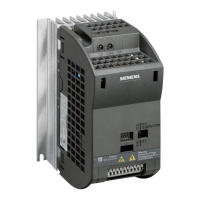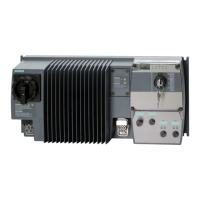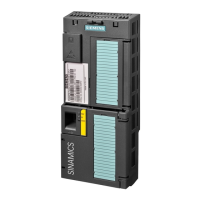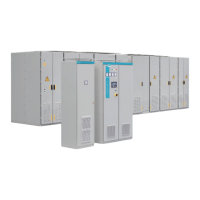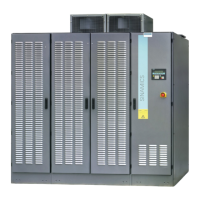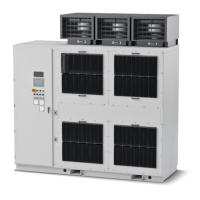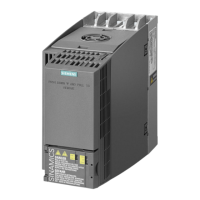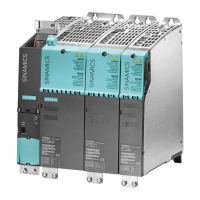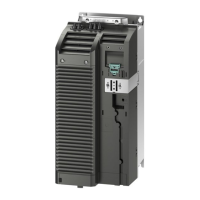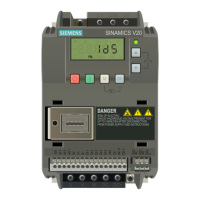When appropriately set, the converter tolerates brief discrepancies.
The discrepancy time does not extend the converter response time. The converter selects its
safety function as soon as one of the two F-DI signals changes its state from high to low.
)',LQSXWVLJQDOV
6DIHW\IXQFWLRQ
DFWLYH
6DIHW\IXQFWLRQ
DFWLYH
'LVFUHSDQF\WLPH'LVFUHSDQF\WLPH
'LVFUHSDQF\'LVFUHSDQF\
7HPSRUDU\GLVFUHSDQF\
)',LQSXWVLJQDOV
6LJQDOGLVFUHSDQF\
3HUPDQHQWGLVFUHSDQF\
W
W
W
W
W
Filter for suppressing short signals
In the following cases, an immediate converter response to signal changes of the fail-safe
digital inputs is not desirable:
• If a fail-safe digital input of the converter is interconnected with an electromechanical sensor,
signal changes can occur due to contact bounce.
• In order to identify faults due to short-circuit or cross faults, several control modules test their
fail-safe digital outputs with "bit pattern tests" (bright/dark test). If a fail-safe digital input of
the converter is interconnected with a fail-safe digital output of an open-loop control
module, then the converter responds with a bit pattern test.
The typical duration of the signal change within a bit pattern test:
– On test: 1 ms
– O test: 4 ms
If the fail-safe digital input responds to many signal changes within a certain time, then the
converter responds with a fault.
)',LQSXWVLJQDOV
6DIHW\IXQFWLRQDFWLYH
)DXOW)
%LWSDWWHUQWHVW
W
W
W
A lter in the converter suppresses brief signals as a result of the bit pattern test or contact
bounce.
Advanced commissioning
7.15Safe Torque O (STO) safety function
SINAMICS G115D Wall Mounted distributed drive
240 Operating Instructions, 07/2023, FW V4.7 SP14, A5E52808211A AA
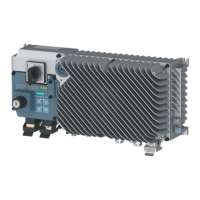
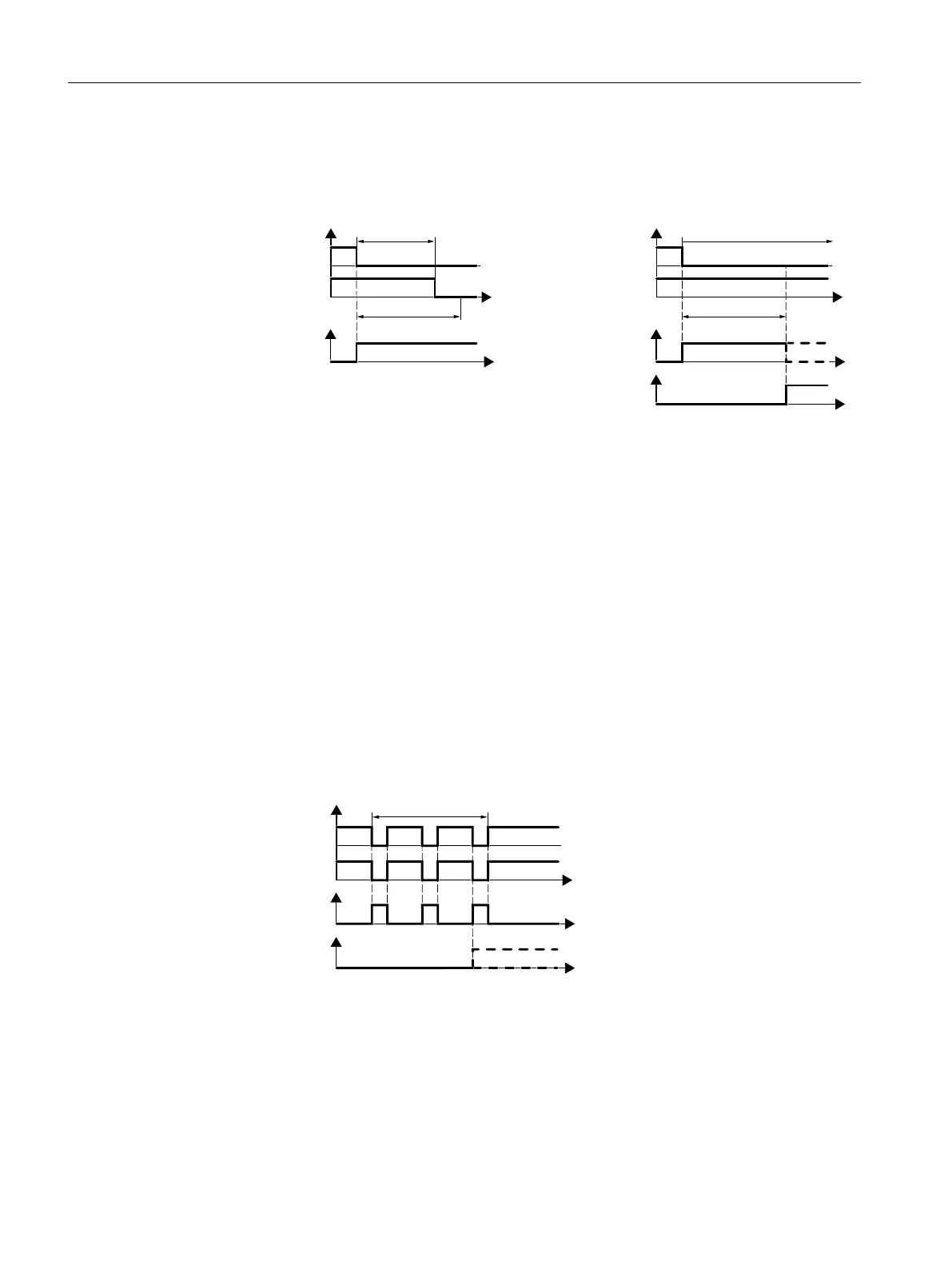